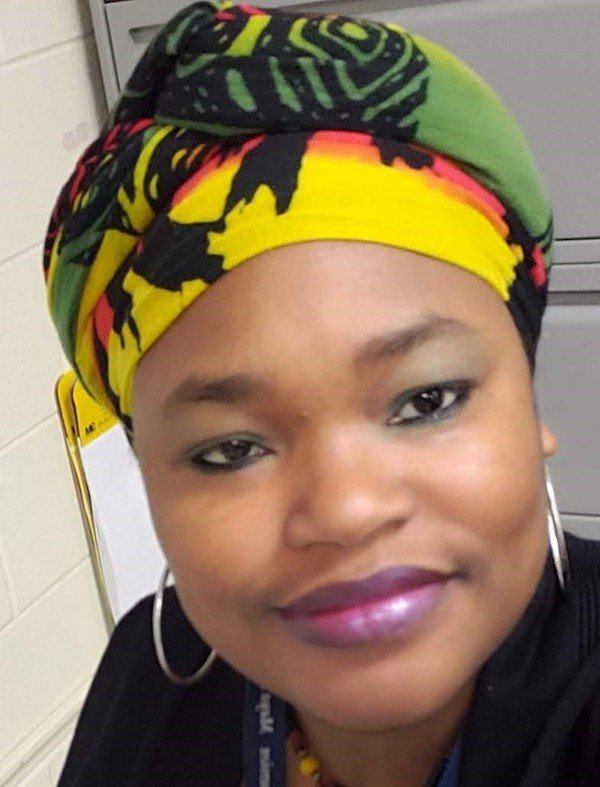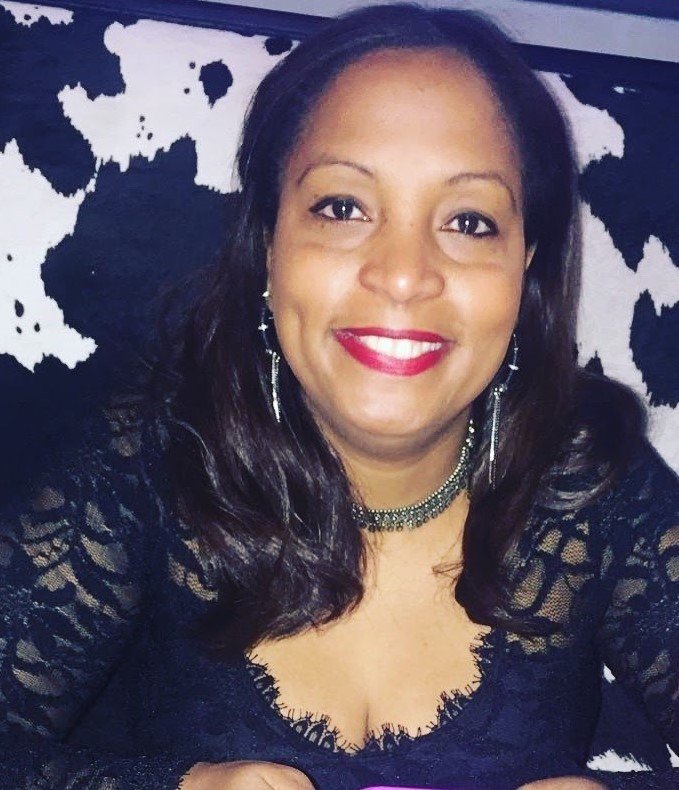Key Takeaways
- A growing number of educators believe equity and inclusion in the classroom begins with honoring—and therefore correctly pronouncing—students' names.
- Teachers will inevitably find some names hard to pronounce, especially on the first day of school, but repeated mispronunciations can be considered "racial microaggressions," according to researchers.
- A wide variety of tips and strategies to help educators are available online.
Over the 30 years since Philimena Owona arrived in the United States from Liberia, she has heard her name and those of her children mispronounced and misspelled probably too many times to mention. It has come from all corners—strangers obviously, but also friends, colleagues, educators, and even on official documents.
"Throughout my life and education, my name has been pronounced all sorts of ways. It has been at times frustrating and humiliating," she recalls. "My name is an important part of my identity and heritage. As such, I expect it to be pronounced properly."
As an adult, Philimena believes she has been better equipped and more prepared to process the slights—even if they stung, which they usually did.
As a parent and educator in Prince George's County, Maryland, however, Philimena has always been more concerned with how mispronouncing a name impacts children.
"Children can't often speak up for themselves, so it's important that we as adults, especially educators, speak up for them."
This issue has hit close to home. Shortly after the birth of her son, a friend from Cameroon wanted to know what her son's 'English' name would be, because no one would be able to pronounce the name they had given him, she thought.
A few years ago, Philimena's daughter told her she wanted to shorten her name because people at school weren’t pronouncing it correctly.
Inclusion and equity in school must include "something as simple but important as a name," Philimena says.
"Honoring all students' names is a building block in creating welcoming, inclusive classroom. This is about making sure every student knows they are important."
What's At Stake

"A person’s name is part of their cultural identity," says Rita Kohli, assistant professor at the Graduate School of Education at the University of California, Riverside. A failure to recognize this extraordinary significance can cut deep in the classroom.
In 2012, Kohli helped turn the spotlight on student names when she co-authored a paper titled "Teachers, Learn Our Names! Microaggressions and the K-12 Classroom." Through interviews with 41 students of color in K-12 schools, Kohli and colleague Daniel Solórzano found that the failure to pronounce a name correctly can adversely impact the worldview and social-emotional well-being of students.
“When the child enters school and teachers—consciously or not—mispronounce, disregard or change the name, they are in a sense disregarding the family and culture of the students as well," Kohli and Solórzano wrote. "The consequences of these subtle racial experiences are real and can have a lasting impact on the wellbeing and self-perceptions of youth."
If an educator is unaware or unsure of the importance of getting students' names right, they should be, says Susan Balogh, an elementary school teacher at Baker School in Chestnut Hill, Massachusetts,
Balogh believes honoring student names helps create the kind of classroom environment that can help students thrive. "The end result is mutual respect. Once you gain respect, the learning can fall into place. Students will be more able to to access where I want them to go with the curriculum."
But if they feel disrespected, Balogh cautions, "the opposite can happen."
Heightened Awareness
Balogh teaches in a diverse neighborhood in a very diverse district and most of her colleagues "bend over backward to remember names and pronounce them correctly, and feel badly when they don't," she says. A classroom teacher for 24 years, Balogh has always prioritized her students' names (her two-syllable, Hungarian surname is often mispronounced) but she does believe awareness in schools has increased over the past few years.
Many educators, including Philimena Owona, credit the My Name, My Identity campaign with helping guide the issue into the spotlight. Launched in 2016 by the Santa Clara County Office of Education (SCCOE) in partnership with the National Association for Bilingual Education, the campaign encourages children to feel a sense of pride about their name and patiently correct people who mispronounce it. The campaign asks all educators to "Take the Pledge" to respect student names. To assist them with pronunciation, the web site provides a wide variety of resources.
All classrooms are different and educators know what works best for their students, but learning names correctly, particularly at the beginning of the school year, can be tricky and stressful, says Ambereen Khan-Baker, NEA senior policy analyst and a National Board Certified Teacher in Rockville, Maryland. "It can be difficult, but educators value building strong relationships with students," she adds.
The first rule is always do no harm, and putting students on the spot in front of their classmates can do just that, says Khan-Baker. "This is on your shoulders, not theirs."
Stories to Tell
Showing respect for student names doesn't necessarily require an educator to nail the pronunciation on their first attempt. "We can’t say every sound or name in the world, but it is how we respond that matters," says Kohli.
"Just own it," says Balogh. "Don't get defensive. Ask for forgiveness and say, 'Shoot, I’m sorry, let me try that again.' Students generally appreciate it when you try to get it right."
But don't take that patience for granted. The goal is to get the pronunciation right. "Having a system is better than winging it, that's for sure," Balogh adds.
“When the child enters school and teachers—consciously or not—mispronounce, disregard or change the name, they are in a sense disregarding the family and culture of the students as well."
That usually means practice, practice, practice. Most educators will write down the name phonetically. Balogh asks her students to create nameplates, the back of which she may add the pronunciation.
Teachers may also have each student deliver a presentation about the origin, meaning and cultural history behind their name. Khan-Baker believes early in the year can be an ideal time for "students to write narratives and analyze experiences in their lives."
"It's important to be consistent," she adds. "I ask every student for a story about their name and what they like to be called, even if their name is easy to pronounce. Again, you don't want to put any one student on the spot."
While it may be tempting, educators should never ask the student for a nickname, says Sugely Solano, ESOL teacher coordinator for the Brandywine School District in Wilmington, Delaware.
"We have to see names as part of the identity of a person. So when you choose to come up with a nickname, you're taking a part of that student's identity away," Solano explains. "The name they have has a story behind it and that's important in all kids, not just ELL students."
Recently, Philimena Owona discovered that her son’s coach decided to address him using a nickname, a much shorter version of his middle name. “It’s not okay to just skip over his first name because you don't want to learn it.”
To help their teachers, students may offer a nickname to avoid any stumbles around pronunciation. Khan-Baker never felt comfortable taking this route. "I thank them but tell them I'll keep working on it, because their name is very important to me."
'I Was That Student Once'
Some name-learning strategies may be unnecessary, says Solano, if steps can be taken before the student walks into the classroom. A simple phone call to parents to introduce yourself and ask how to pronounce the student’s name is one of those options.

"Getting names right before we meet them in class can minimize any possibility of an awkward or uncomfortable exchange in class," Solano explains. "As an adult, I'm impressed when I meet someone for the first time and they pronounce my name correctly. They know that the 'g' in my name sounds like an 'h,' for example. So students will be impressed as well."
If the educator hasn't been able to nail down the pronunciation by the first day, consider approaching the student before class starts. Solano also points out that some schools have interpreters during registration, who can be very helpful with figuring out the names of students and their pronunciations. Solano also recommends asking someone at school who may speak the student's language.
Balogh sometimes gets a heads up from counselors about a specific student or she'll simply ask the student's previous teacher about a difficult-to-pronounce name.
Having colleagues to talk through any potential missteps and know what steps to take next is extremely valuable. "That reflective piece is important," says Khan-Baker. "So having that community of support in school is key, especially for newer educators."
Hopefully, those networks will become stronger and more accessible as the awareness around students’ identity continues to grow. Students are taking more pride in their names and their heritage, and the social, psychological and educational outcomes tied to pronouncing’ names correctly cannot be ignored, says Solano.
"When I was in middle and high school, there weren't that many adults around who looked like me and who would speak up for me," Solano recalls. "I was that student once—who sat there and listened as her name was butchered. Now there's more of us in the classroom who understand diversity and the importance of recognizing everyone's identity and culture, and we are advocating for our students."








